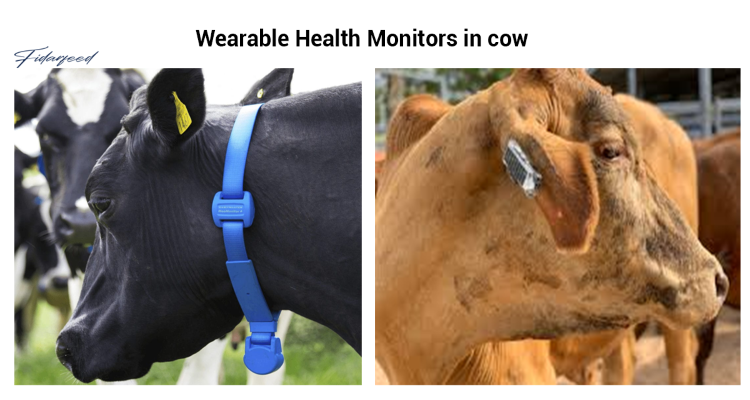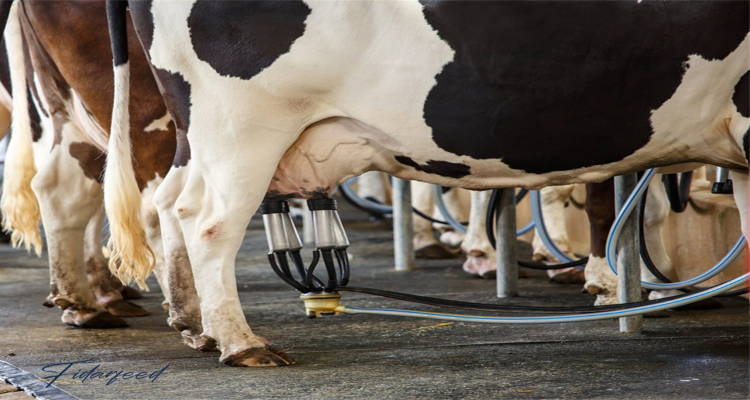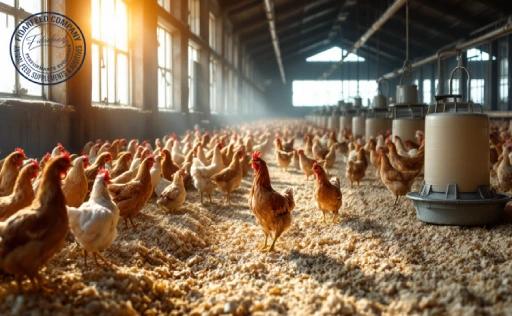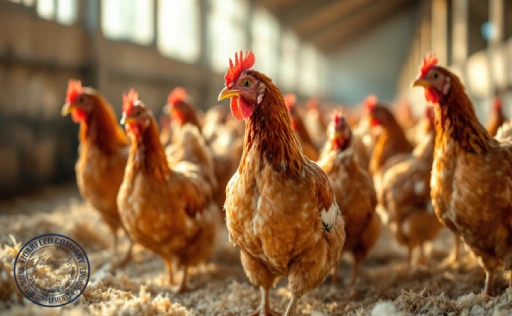Reducing Health Stress in Dairy Farming is one of the most important goals for every breeder and livestock professional. Whether you’re a seasoned dairy farmer or just starting out, nothing is more disheartening than seeing your cows struggle with illness and stress. Timely treatment of diseases is not just a medical issue—it’s directly linked to productivity, emotional well-being, and long-term profitability. In this article, we’ll take a deep, yet practical dive into why acting fast on cow health matters, what stress looks like in dairy herds, and how you can use early detection, prevention, and smart habits to maintain a healthy, thriving operation. Let’s explore how to reduce stress and boost resilience—one timely decision at a time.
Why Early Disease Detection Matters in Dairy Farming
Spotting disease early can be the line between a minor setback and a full-blown crisis. When a cow shows the first subtle signs of illness—maybe a slight drop in appetite, reduced activity, or a small change in milk output—these are not to be ignored. According to research from the University of Veterinary Medicine in Vienna, early detection can reduce the severity and duration of disease by up to 60%.
Learn more about: TMR Silage Animal Feed
Imagine catching mastitis within the first 12 hours versus waiting two days. The difference? Less inflammation, lower vet costs, fewer antibiotics, and faster return to milk production.
The faster you act, the easier and cheaper it is to manage the problem—and the less stress it places on your animals and your team.
Understanding Health Stress in Dairy Cows: What Every Breeder Should Know
Health stress in dairy cows is more than just being sick. It’s a cascade of physical and emotional strain that affects the entire herd dynamic. Stress triggers a hormonal response that weakens the immune system, reduces appetite, and ultimately lowers milk yield and reproductive performance.
Common signs of stress include:
-
Decreased feed intake
-
Restlessness or lethargy
-
Irregular behavior or social withdrawal
-
Lower milk quality and quantity
Learn more about: Dorper Sheep Farming: Producing High-Quality Meat for Maximum Profit
New breeders may miss these clues, while experienced ones might recognize them instinctively. Either way, understanding these warning signs allows for quicker responses and healthier cows.
Common Diseases That Increase Stress in Dairy Herds
Some diseases are particularly notorious for causing widespread stress and productivity losses. Among the most common are:
-
Mastitis: Inflammation of the udder, often painful, it drastically reduces milk yield and quality.
-
Lameness: Caused by hoof disorders or joint infections, this can impair movement, feeding, and breeding.
-
Digestive Disorders: Conditions like displaced abomasum, acidosis, and bloat can quickly lead to life-threatening complications.
Each of these conditions, if not addressed quickly, contributes to a cycle of pain, reduced performance, and economic loss.
The Cost of Delayed Treatment: Why Waiting Can Hurt Your Herd and Your Wallet
A delay in treatment doesn’t just prolong the disease—it multiplies its effects. A cow with untreated lameness may lose weeks of productivity, require expensive care, or be culled early.
A study by Cornell University estimated that delayed mastitis treatment could cost between $150 and $400 per case, depending on severity and milk loss. Now multiply that by several cows, and you’re facing a serious financial hit.
Learn more about: Economic Evaluation of Alternative Protein Sources in Livestock Farming
Beyond money, delayed treatment impacts your peace of mind. Watching animals suffer because help came too late is an emotional burden no farmer wants.
Timely Treatment: Best Practices for Fast and Effective Intervention
Speed is only effective when paired with strategy. Here are field-tested methods to improve disease response:
-
Establish a clear health protocol: Who acts, what is done, and when. This avoids hesitation.
-
Train your staff: Ensure that all workers can identify early signs of illness and know the next steps.
-
Keep treatment supplies ready: Stock essential medications, disinfectants, and first-aid tools.
-
Document everything: Track symptoms, treatments, and outcomes to refine your approach.
Learn more about: The Complete Guide to Sheep Farming for Beginners
These steps create confidence and consistency, making fast action a normal part of herd management.
Reducing Health Stress Through Preventative Care
Preventative care is the most reliable way to minimize disease and reduce stress in dairy cows. Think of it as investing in health before problems arise.
-
Vaccinations help build immunity against common diseases like BVD, IBR, and leptospirosis.
-
Balanced nutrition strengthens the immune system and improves resilience to stress.
-
Clean, dry bedding and proper ventilation reduce pathogen loads and respiratory issues.
Learn more about: How TMR Silage Cuts Down Veterinary Expenses in Livestock Farming
Prevention may not always feel urgent—but it is always effective.
Tools and Technologies That Help You Stay Ahead of Health Problems
Modern tools can make disease detection and treatment more efficient and accurate. Consider integrating:
-
Herd management software: Tracks health records, treatments, and alerts you to unusual trends.
-
Wearable sensors: Detect changes in movement, temperature, and feeding behavior before symptoms are visible.
-
Milk analyzers: Spot early signs of mastitis or metabolic issues through milk composition.
These innovations don’t replace human insight, but they significantly enhance it.
Building a Healthy Routine: Daily Habits That Keep Cows Stress-Free
Routine is one of the most powerful tools in reducing stress. Cows are creatures of habit—they thrive on consistency. Here’s how to build a stress-reducing environment:
-
Feed on a consistent schedule to support digestion and comfort.
-
Observe cows during milking for behavioral or physical changes.
-
Practice good hygiene to prevent infections.
-
Avoid overcrowding to reduce aggression and anxiety.
Learn more about: The Ultimate Guide to Sheep Farming Equipment
Small, consistent actions lead to major improvements over time.
Working With Your Vet: A Proactive Partnership for Herd Health
Your veterinarian should be more than someone you call during emergencies. A good vet is a trusted advisor who helps you:
-
Develop preventive plans tailored to your farm.
-
Interpret lab results and adjust treatments accordingly.
-
Review performance data to identify hidden health trends.
Frequent, proactive visits help avoid crises and deepen your understanding of your herd’s needs.
Final Thoughts: Healthy Cows, Less Stress, Better Profits
In dairy farming, success is built on attention, timing, and care. Timely treatment of diseases isn’t just about fixing what’s broken—it’s about creating a healthier, more stable environment where cows can thrive and farmers can breathe easier.
By reducing health stress in dairy farming through early detection, prevention, and strong routines, you not only improve cow welfare but also secure your operation’s future.
We’d love to hear your thoughts—whether you’re dealing with specific health challenges or have tips of your own to share. Drop a comment, ask a question, or tell us what strategies work best on your farm. Let’s learn and grow together.







